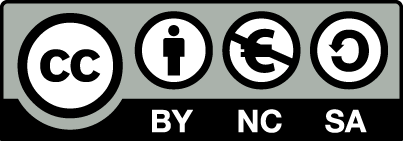| Name | Speichervolumen | Metadaten | Upload | Aktion |
|---|
Alternativer Identifier:
(KITopen-DOI) 10.5445/IR/1000136188
Ersteller/in:
Veser, A. [Veser, A.]
Friedrich, A. [Friedrich, A.]
Necker, G. [Necker, G.]
Denkevits, A. [Denkevits, A.]
Kuznetsov, M. [Kuznetsov, M.]
Jordan, T. [Jordan, T.]
Beitragende:
-
Titel:
Flame propagation regimes at cryogenic temperature
Weitere Titel:
-
Beschreibung:
(Abstract)
In the frame of the PRESLHY project more than 100 experiments on hydrogen – air flame propagation regimes in a shock tube at cryogenic temperatures were made with the combustion tube at the KIT HYKA test site. More than half of the experiments were made at cryogenic temperatures (between approx. 90 ...
(Technical Remarks)
7zip-files:
The naming convention of the corresponding 7zip-files largely follows the one provided in the Data Management Plan at ambient temperature 293K reads as follows:
PT0-25.7z
with PT indicating the PRESHY tube, the index 0 means a smooth tube with blockage ratio BR = 0%, then the test number...
Schlagworte:
hydrogen
cryogenic temperatures
combustion tube
flame propagation regimes
cryogenic temperatures
combustion tube
flame propagation regimes
Sprache:
-
Herausgeber/in:
Erstellungsjahr:
Fachgebiet:
Engineering
Objekttyp:
Dataset
Datenquelle:
-
Verwendete Software:
-
Datenverarbeitung:
-
Erscheinungsjahr:
Rechteinhaber/in:
Veser, A.
Friedrich, A.
Necker, G.
Denkevits, A.
Kuznetsov, M.
Jordan, T.
Förderung:
-
Status:
Publiziert
Eingestellt von:
kitopen
Erstellt am:
Archivierungsdatum:
2023-06-23
Archivgröße:
6,1 GB
Archiversteller:
kitopen
Archiv-Prüfsumme:
a0353c38cbd1acb383c3e9e7de832bb7
(MD5)
